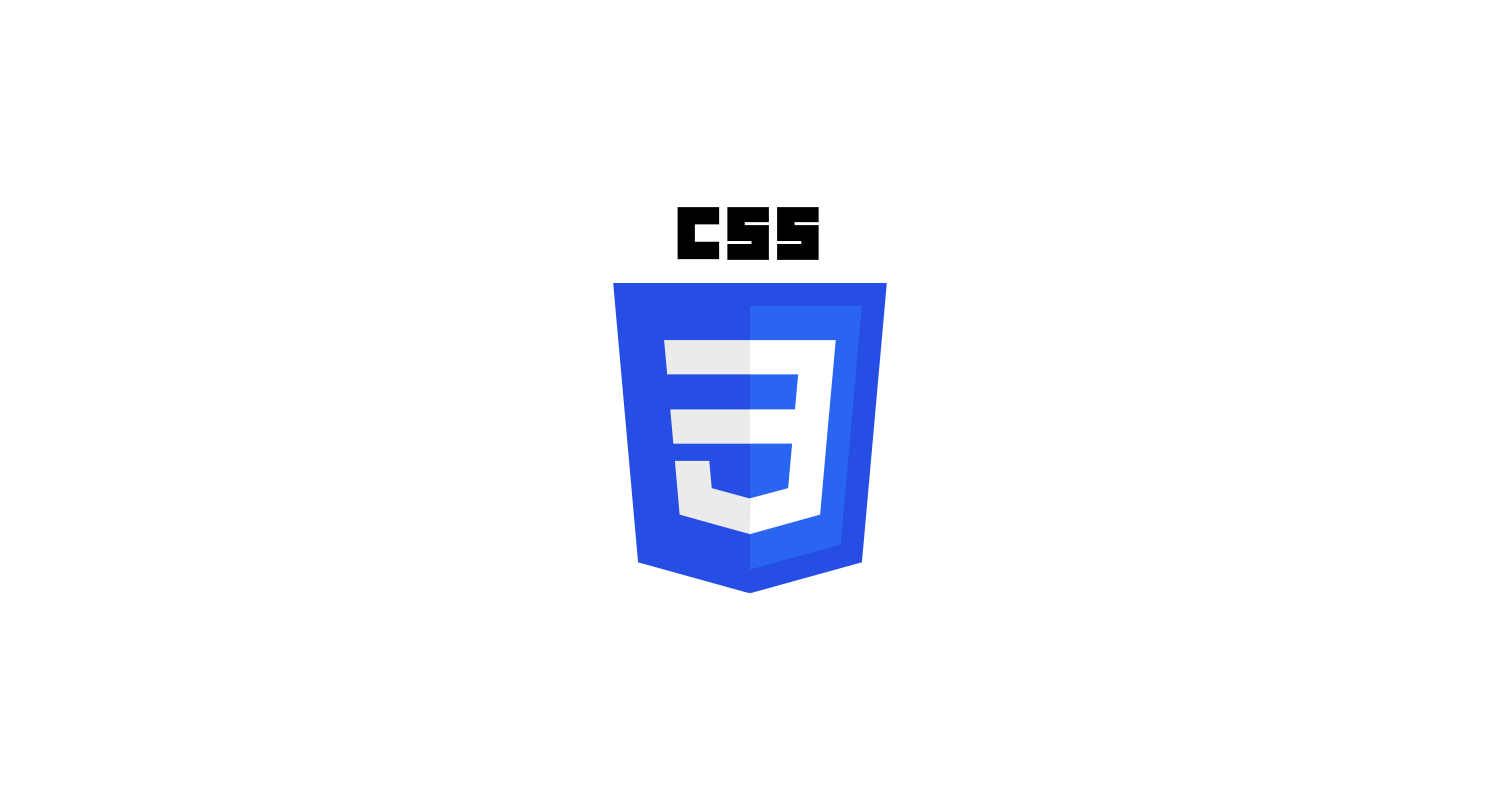Cascading Style Sheets (CSS) become the web architect, carving the visual terrain that websites live on. At the same time, it defines the look of HTML elements. This styling language allows program writers to create pleasing and consistent designs.
Its cascading feature facilitates flexible customization that influences font size, colors used, spacing, and layout, appearing in a seamless user experience. However, the real question arises: what are the effective CSS rules for SEO?
This article will explore the effective CSS rules for SEO, how CSS affects Search Engine Optimization and its impact. These takeaways are emphasizing user experience, CSS speed optimization, and avoiding common mistakes. We will also learn how Desire Marketing shows the symbiotic relationship between CSS, user satisfaction, and SEO success.
Responsive design is a significant area where CSS helps adapt to different devices. This increases mobile-friendliness, which affects search rankings, resulting in interdependence among CSS, user experience, and SEO success. Let us go further down below that line.
What are the Effective CSS Rules for SEO? Impact of CSS on SEO
CSS is a significant factor in Search Engine Optimization (SEO). It goes beyond being a styling tool; it is a strategic asset to the digital world. Web developers and marketers need to know these subtle relationships between SEO rankings, CSS, website accessibility, and CSS optimization for speed and performance.
CSS and SEO Rankings:
User experience is the primary focus of optimizing SEO like CSS. Search engines prefer websites that give users an uninterrupted, attractive experience. This is achievable through CSS, which helps to create well-organized and visually appealing interfaces.
CSS and Website Accessibility:
As for search engine optimization, websites must be accessible. This means that CSS can be used to develop designs that look good and can be accessed by those with impairments. Proper use of semantic HTML elements, enough color contrast, and responsive design principles for different devices will work well in this case.
Key Points from Desire Marketing:
Desire Marketing has reinforced the interdependence of CSS and SEO. At the same time, it emphasizes the importance of taking a comprehensive approach to web development.
They stress creating visually attractive designs that appeal to the target audience. While at the same time considering their impact on SEO rankings. Desire Marketing promotes CSS optimization for aesthetics and performance, recognizing that seamless user experience is critical to effective digital marketing strategies.
Understanding CSS Selectors for SEO Optimization
In SEO optimization, CSS selectors are instrumental since they determine how search engines will interpret and rank a website’s content. Choosing the correct CSS selector is very important because it affects how visible and accessible your website is to search engines.
Desire Marketing underlines the importance of utilizing CSS selectors for optimizing elements that enhance good user experience. Selections are made effectively to help improve the speed at which pages load and the overall performance due to clean and well-organized codes.
Common SEO Mistakes in CSS to Avoid
It is essential to avoid common SEO mistakes in CSS as they lead to a decrease in search engine visibility and website performance improvement. Here are some of the pitfalls that you should avoid:
Overuse of Keywords:
One of the most common mistakes is overusing keywords in CSS. In SEO, it is necessary to use relevant keywords, but writing them in excess can be considered keyword stuffing when it comes to CSS.
This practice affects your site positioning and overall user experience. ApeScript recommends creating a compromise between both extremes, ensuring that keywords are strategically and naturally built into the code without interfering with its readability.
Relying on Flash or JavaScript for Content Creation:
SEO efforts may be negatively impacted if Flash or JavaScript acts as your content presenter. Search engines could find it difficult to follow and index such content based on these technologies.
To ensure easy understandability by search engine bots, ApeScript recommends combining HTML and CSS instead of relying on either Flash or JavaScript to create core information items, improving the site’s overall crawlability and indexability. For these reasons, ApeScript highlights key strategies to avoid such SEO mistakes in CSS:
Strategic Keyword Placement:
In this case, ApeScript advises doing careful keyword research and then incorporating them into CSS in appropriate places so that they make sense while being relevant at the same time.
The Design of Transparency and Accessibility:
ApeScript recommends following a transparent and accessible design for unhidden contents or links. This practice falls under ethical SEO and helps create a good user experience.
Steady Improvement:
According to ApeScript, using progressive enhancement techniques is better than relying on Flash or JavaScript alone. Initially, the author recommends that the content appear using HTML and CSS, which seem universal, and then gradually integrate more powerful JavaScript functionality when available.
This way, search engines and people with various browsing abilities can access the most essential information.
Best Practices for Effective CSS in SEO
Enhancing SEO through optimizing CSS involves adopting best practices that result in clean code, responsive design, faster load times, and better markup. According to ApeScript, here are some recommendations on making your CSS effective for SEO.
Precise and Organized Code:
For SEO purposes, writing excellent and well-organized CSS codes is essential. ApeScript proposes using correct indentations, comments, and meaningful class and ID names. Well-structured coding makes it easy for search engine bots to crawl and interpret content hierarchy, positively impacting your site’s optimization.
Web developers and marketers looking for expert guidance in optimizing CSS for SEO can turn to professionals at mjseo.agency/. With a focus on clean code, responsive design, and strategic keyword placement, mjseo.agency ensures websites look visually appealing and rank high on search engines for a seamless user experience.
The importance of Responsive Design:
SEO success necessitates a responsive design due to the rising number of mobile users. CSS media queries that facilitate the creation of layouts that flow smoothly across different screen sizes were advised by ApeScript. Not only does this enhance user experience, but it also keeps in line with what search engines such as Google want since mobile-friendly sites have their priority in search ranking.
Recommendations by ApeScript:
For this reason, ApeScript offers more recommendations regarding efficient CSS for SEO:
– CSS Reset: A CSS reset will make everyday default styling among different browsers, providing a uniform style and behavior across all browsers.
– Do Not Use Inline Styles: It is more convenient, but it serves to clog up the code with inline styles. Instead, it is recommended that you use external CSS files for style definitions, as stated in ApeScript.
– Images Optimization Using CSS: This CSS technique incorporates background images and sprites, which are beneficial in loading images faster, hence enhancing page speed.
See Also: Web Designing Vs Digital Marketing: Which One To Pursue?
Latest CSS Trends and Techniques for 2024
CSS trends like CSS Grid, Writing Mode, and Scroll Snap are changing web development in 2024. Examples are the CSS Grid, which can be used to achieve specific layouts required for various pages; the Writing Mode, which has a unique way of writing direction; and the Scroll Snap, which helps make scrolling better.
LambdaTest’s analysis underscores how these trends affect SEO—improved UX, mobile friendliness, and faster page loads are some benefits. These CSS techniques match search engines’ preference for user-friendly and mobile-optimized sites.
By integrating them into their websites, they can enhance aesthetics and SEO performance, ensuring they remain up-to-date and competitive in the ever-changing digital world.
See Also: 11 Types of Hyperlinks You Should Know About
FAQs
Why is CSS Important for SEO?
This is because CSS is essential in SEO as it designs the outlook of websites where it contributes to a good user experience. Good organization and attractive visuals achieved through proper CSS directly impact SEO ranking.
How does CSS affect website accessibility for SEO?
CSS plays a significant role in ensuring the website is accessible with appealing designs. Using proper CSS, such as semantic HTML elements and responsive design, results in a good user experience for all, which aids search engine optimization.
What are some common mistakes people make when doing SEO with CSS?
Some common mistakes made in CSS while performing SEO include overstuffing keywords, hiding text or links, and using Flash or JavaScript alone for content. It is recommended to use a balanced approach to keyword usage, keep transparency in design, and practice progressive enhancement to avoid these pitfalls.
Conclusion
In conclusion, we have learned the effective CSS rules for seo; understanding and integrating evolving CSS trends is paramount to enhancing it.
Websites can stay visually appealing and climb search engine rankings by adhering to best practices, including clean code, responsive design, and strategic keyword placement. Regardless of technological evolution, web development’s holistic approach to aesthetics and performance is still vital for long-term online visibility and making good user impressions.






